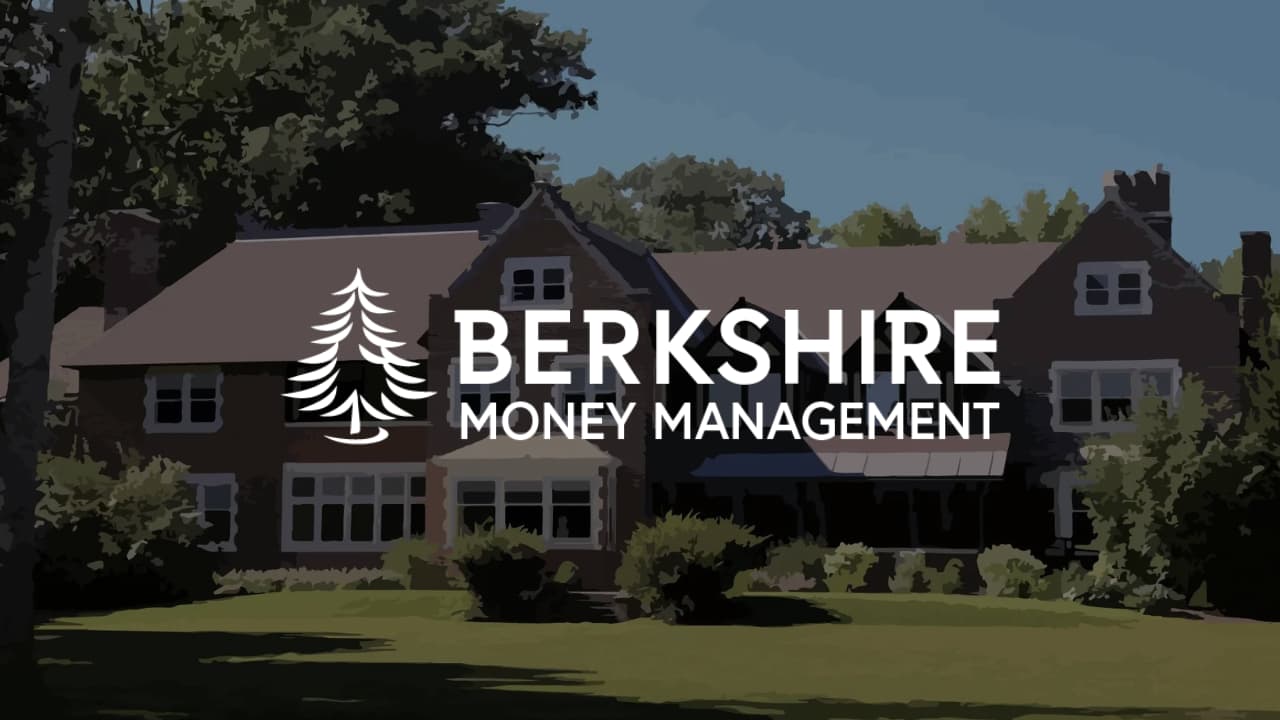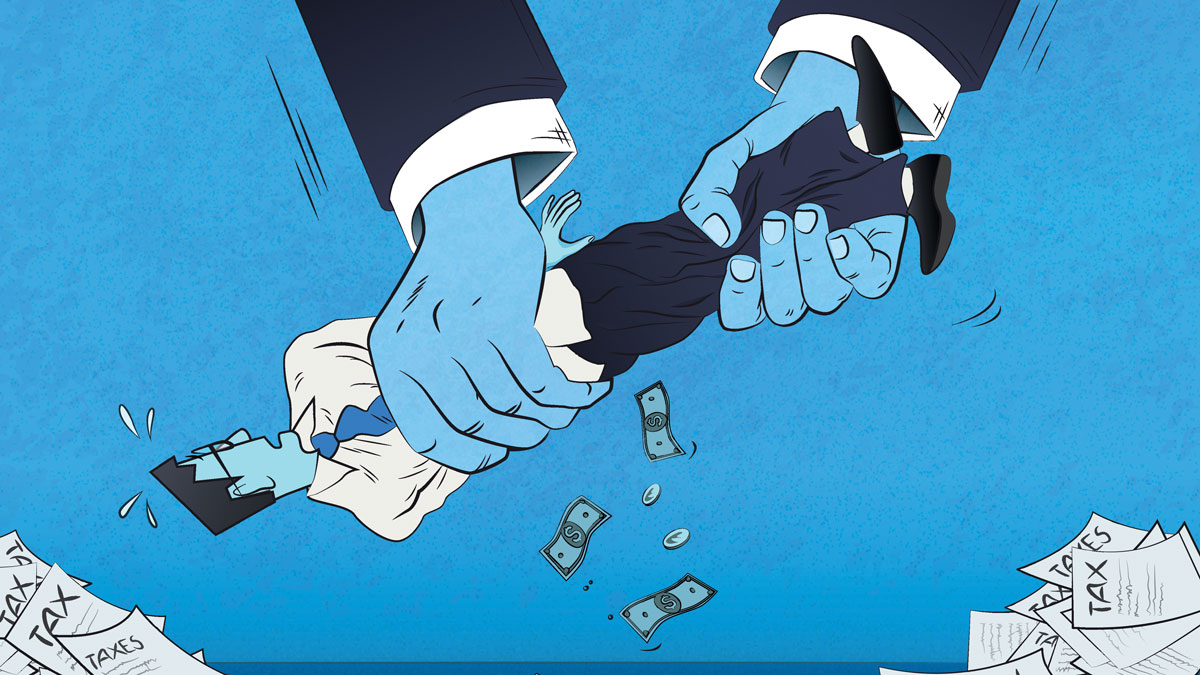Businesses on the ropes


Your business may benefit from a cash cushion to help you get through the COVID-19 pandemic.
More than 300 Berkshire County organizations received a Paycheck Protection Program loan. Per the National Federation of Independent Business, 71 percent of small businesses that received a PPP loan had spent it all by July 21. A July survey by CreditCard.com found that 35 percent of small-business owners, to stay afloat, needed to tap personal funds in the months since the pandemic began.
Local business owners are running out of corporate cash, even after already having cut back dramatically. Paul (not his real name), the owner of a construction company, brought back his employees to achieve forgiveness on his PPP loan. Then, municipalities canceled projects, and private clients lost confidence to expand or they couldn’t get financing.
Paul is considering a second round of layoffs, letting go of the people he had brought on.
Jamie (also, not her real name) was able to keep on all the employees at her engineering firm and didn’t apply for a PPP loan because they didn’t feel a dramatic pullback of demand. Jamie regretted not getting a PPP loan because, although revenues were only down about 12 percent annualized for the second quarter of 2020, profit margins are about the same.
She was used to turning down deals — capacity had limited her growth, never demand. No cash is being added to retained earnings, and she’s afraid she’ll have to tap into personal savings to float the business for the rest of the year.
Even more local businesses are struggling with cash flow and deciding whether to lay off more people or close semipermanently until a coronavirus vaccine is created. Attaining traditional bank borrowing has become more difficult. According to the Federal Reserve’s July Senior Loan Officer Survey, the tightening standards for small commercial and industrial loans shifted from most banks loosening lending standards to more than 70 percent of banks tightening those standards. The following options might help you increase your cash runway.
Economic Injury Disaster Loan
Remember that free $10,000 grant the government gave to businesses when Congress passed the CARES Act in March? That was a grant from the Small Business Administration and was part of the EIDL program.
On June 15, the SBA resumed accepting new applications for businesses to access up to $150,000 to use as working capital. The interest rate is 3.75 percent, has a 30-year maturity and payments may be deferred for one year.
You can apply for the EIDL and the SBA 7(a) loans on SBA.gov.
SBA 7(a) loans
SBA 7(a) loans generally have higher interest rates than the EIDLs but are capped at 6 percent. However, the loan amounts can be as much as $5 million.
You can use a local bank that acts as an SBA lender, and if you apply and close on your loan before Sept. 27, your first six months of payments will be forgiven. Any loan greater than $350,000 typically requires some collateral, which can include personal assets.
Main Street Lending Program
Paul wanted to keep his employees on the payroll, so, he took a loan from the MSLP.
Borrowers are required to make “reasonable efforts to retain employees.” The minimum loan amount is $250,000 and has a five-year maturity. The variable interest rate is LIBOR (London Interbank Offered Rate) plus 3 percent — currently, a total of about 3.25 percent.
The MSLP recently extended its application deadline through Dec. 31. You can apply for this loan at BostonFed.org/mslp.
Employee Retention Tax Credit
The ERTC isn’t a loan, and you are not eligible for it if you took a PPP loan.
The ERTC allows businesses to take a maximum credit of $5,000 per employee. This credit is applied against your share of Social Security tax, and the excess is refundable. To claim the credit, most employers will file IRS Form 941.
Pledged Asset Account
Jamie ran out of cash for payroll and needed the money in a hurry. She could have sold some of her stock market investments and wired cash to her corporate account. However, instead, she used her portfolio as a pledged asset account to receive a secured line of credit from her local bank.
Interest rates are based on LIBOR, plus a spread determined by the pledged asset line. This type of loan allowed Jamie to avoid triggering capital gains taxes and to stay in the stock market to let her portfolio grow. To access this line of credit, speak to your financial adviser.
According to Yelp’s Economic Average Report, as of mid-July, 55 percent of the 132,5000 pandemic-era closures on its online rating website will be permanent. Some of these options may be what you need to keep you from being part of those statistics.
Allen Harris is the owner Berkshire Money Management in Dalton. He can be reached at [email protected].
This article originally appeared in The Berkshire Eagle on August 20, 2020.
Allen is the CEO and Chief Investment Officer at Berkshire Money Management and the author of Don’t Run Out of Money in Retirement: How to Increase Income, Reduce Taxes, and Keep More of What is Yours. Over the years, he has helped hundreds of families achieve their “why” in good times and bad.
As a Certified Exit Planning Advisor, Certified Value Builder, Certified Value Growth Advisor, and Certified Business Valuation Specialist, Allen guides business owners through the process of growing and selling or transferring their established companies. Allen writes about business strategy in the Berkshire Eagle and at 10001hours.com.





